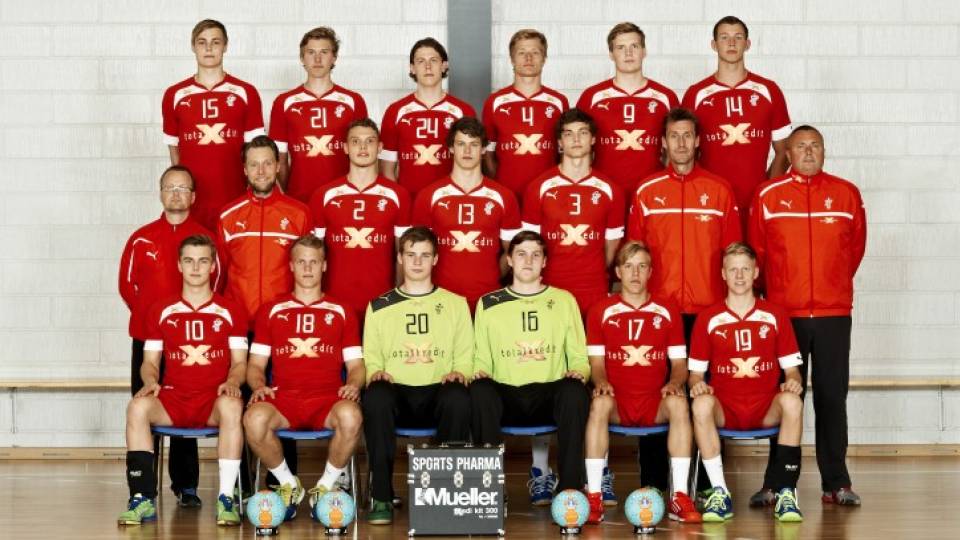For some handball fans, the youth and junior events tend to be relatively less interesting. The players are not yet so well known, the relative strength of the participating nations is not so predictable and varies from year to year, and the performances are more difficult to assess. But many of those aspects may be precisely what make these events so dynamic and attractive. It seems to me that there is a special delight in discovering new talents and speculating about their potential careers. And I am sure that scouts for top club teams also find this discovery process quite important. And now we have a much better opportunity to follow these events, thanks to live webcasts of reasonable quality.
For the young players who have already entered the pipelines of their respective national federations, these IHF and EHF championships have the potential of providing four straight years of international competition during their formative years. Even if their team does not qualify for the World or European Championships, there are qualifying rounds which also bring an intensive level of competition and exposure. Of course, these events also tend to put pressure on the young players, as could recently be seen at the men’s Youth (18 and under) World Championship in Hungary. While the clearly strongest teams did manage to find their way through to the medals, there was a sense of fatigue and general decline in quality in the final stages. Perhaps the format, which requires nine games for the medal teams, may have contributed.
In this Youth Championship, the tendency was the same as what I described some time ago from the Junior (20 and under) event. Only a handful of non-European teams were competitive, with Brazil taking ninth place, while Egypt and Qatar placed 14th and 15th. Moreover, the performances of most of the other non-Europeans were even weaker than in the Junior event. What will the IHF do to try to help remedy this situation? Just providing the opportunity to participate and then be really inferior is clearly not the answer.
The medal winners in the Youth event were Denmark, Croatia and Germany, with Spain, Norway and Sweden rounding out the top six. If one looks at the ‘combined’ results of the Youth and Junior events, it seems clear that the teams that currently are at the top among the adults also dominate in the younger categories. The semifinalists in the Junior event were Sweden, Spain, France, Croatia. Brazil ahead of Egypt were the prominent non-Europeans also in this event. Slovenia, Serbia and Hungary were among the top dozen in both events. The only ‘outsiders’ were the Netherlands and Switzerland who came in fifth and seventh in the Junior event.
While the women this year had their ‘internal’ European events, they should also get a few words. Russia, despite falling behind a bit in the senior women events recently, showed that there is no lack of talent on the women’s side, as evidenced by gold among the 19-year olds and silver for the 17-year olds. Denmark got bronze in both categories, with Norway and Romania also showing strength in both events. The real surprise was presumably the gold for Sweden in the younger event, where also Portugal exceeded expectations with a fourth place. The remaining medal winner was Hungary among the 19 year olds. So now it will be interesting to keep this year’s results and star players in mind, when we follow the senior teams in a few years!

